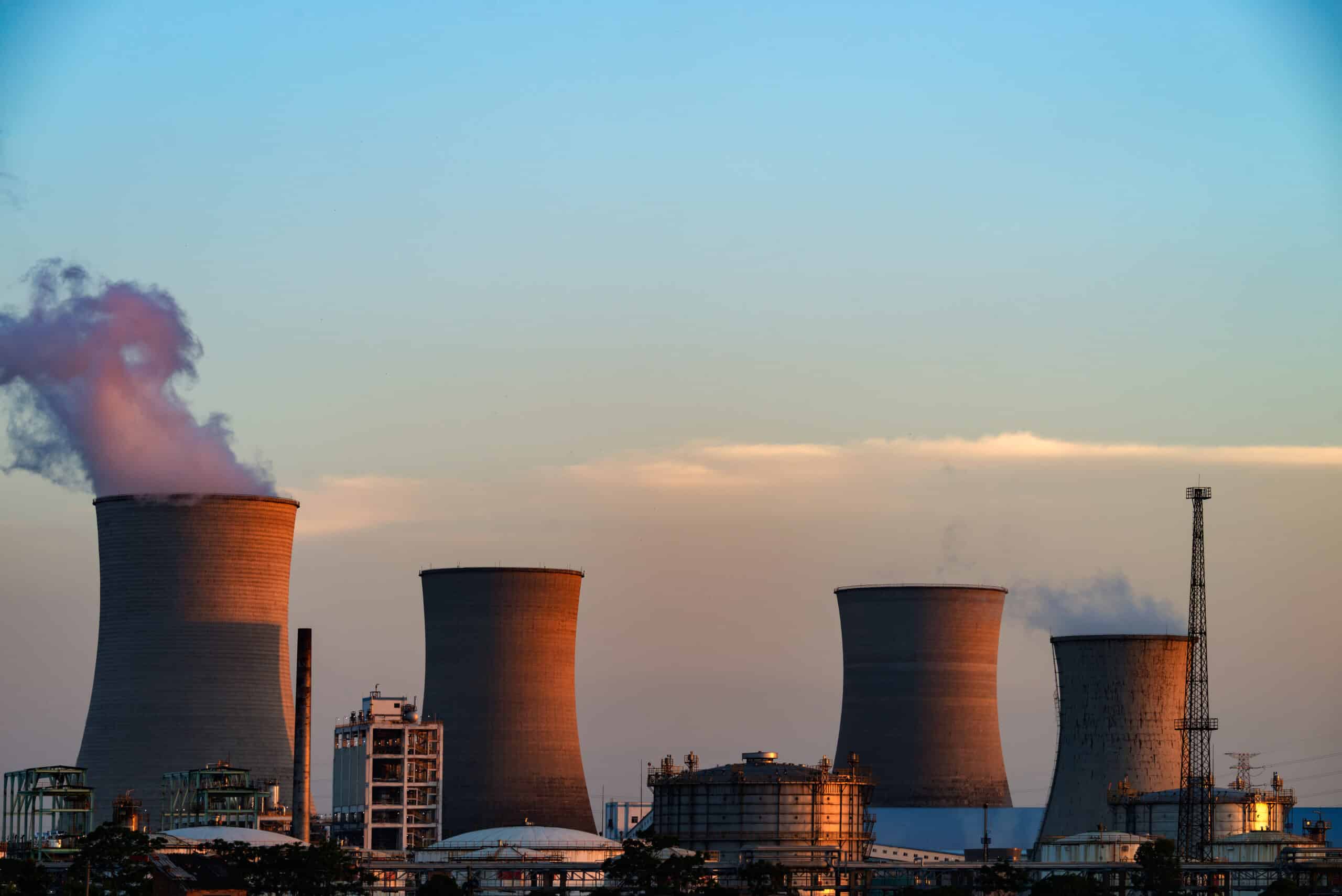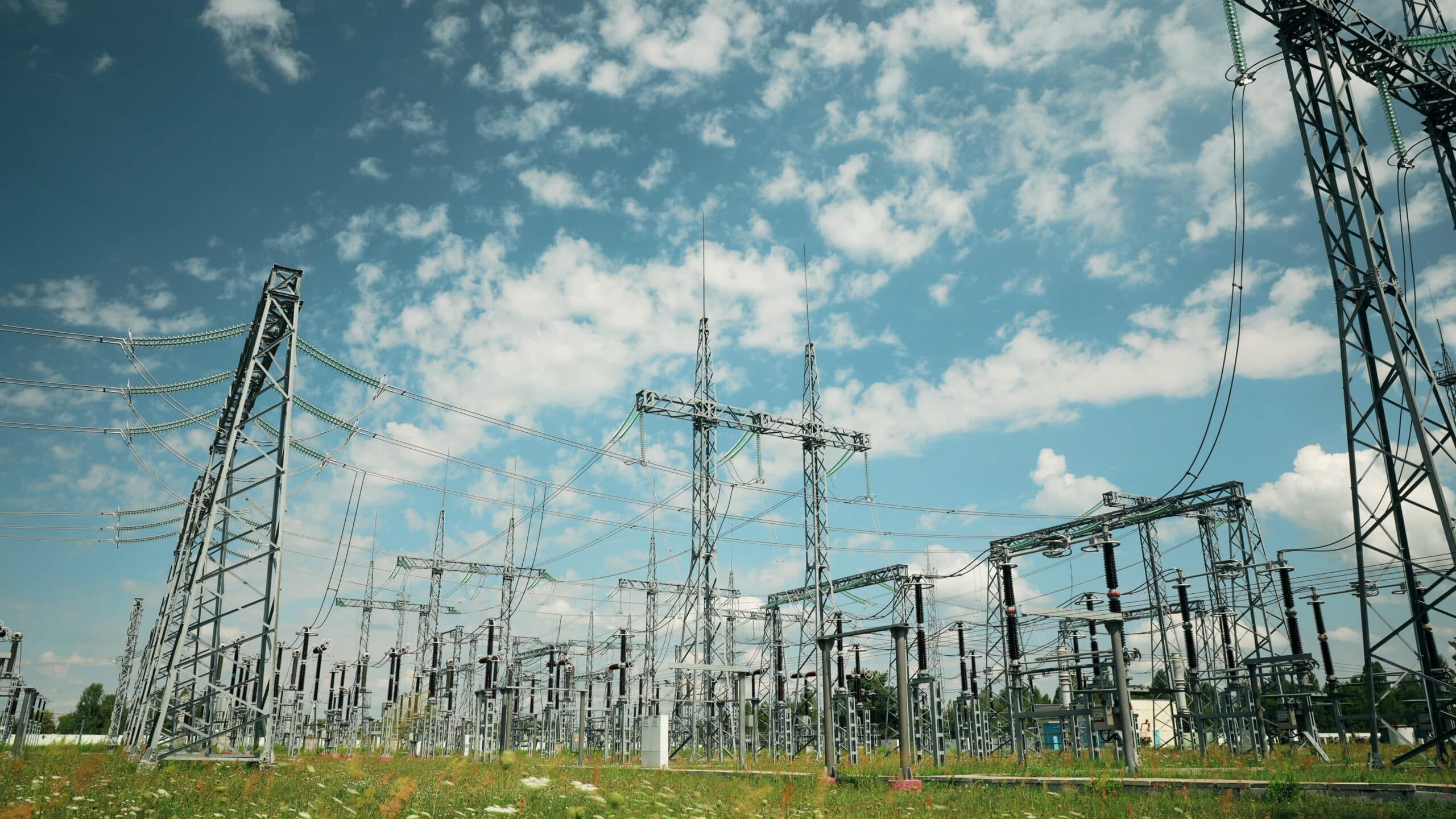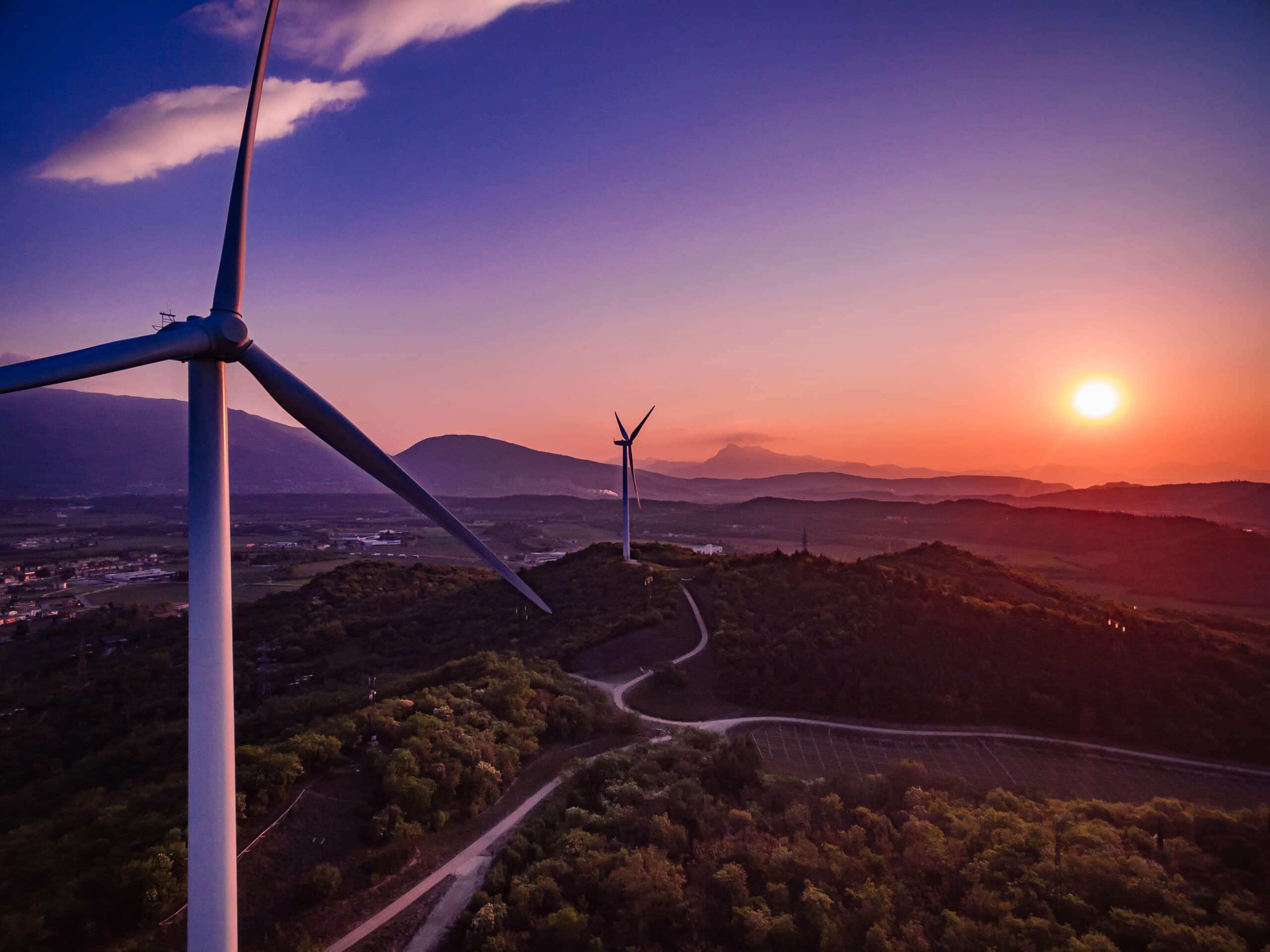The situation of India, a rising economy with a fast growing population and an industrial undertaking increases every year is affected with a growing gap between the capacity and the require power kind of demand. Still, energy production and consumption have enjoyed tremendous growth and yet, there exists a significant base from which actual energy consumption falls short from the expected energy consumption.
The reason for biodiversity loss is multidimensional and we will lead deeper into the aspect below. Moreover, we can move forward and investigate the key components that stand behind India’s increasing energy needs and what these issues cause as a part of the country’s energy infrastructure and challenges.
Table of Contents
ToggleHistorical Perspective
To be able to analyse the present problem it is necessary to find out how India’s power projections has been changing through the history. The government together with other energy experts has systematically explored all possible factors prone to impact power demands, as a result of anticipated increment in economic and population growth. In the recent past, Uganda’s economic growth, the rapid development of urban centres, which was hitherto unforeseen, has been experienced in the past few decades. This factor, as well as hard growth of production, generates a bumper middle class who has pulled consumption beyond that of the older generation.
Due to this full-on economic dip and the population growing the consumption of electricity is continuously increasing.
| Energy | Peak | |||||||
| Year | Requirement | Availability | Surplus(+)/Deficits(-) | Peak Demand | Peak Met | Surplus(+) / Deficits(-) | ||
| (MU) | (MU) | (MU) | (%) | (MW) | (MW) | (MW) | (%) | |
| 2009-10 | 8,30,594 | 7,46,644 | -83,950 | -10.1 | 1,19,166 | 1,04,009 | -15,157 | -12.7 |
| 2010-11 | 8,61,591 | 7,88,355 | -73,236 | -8.5 | 1,22,287 | 1,10,256 | -12,031 | -9.8 |
| 2011-12 | 9,37,199 | 8,57,886 | -79,313 | -8.5 | 1,30,006 | 1,16,191 | -13,815 | -10.6 |
| 2012-13 | 9,95,557 | 9,08,652 | -86,905 | -8.7 | 1,35,453 | 1,23,294 | -12,159 | -9.0 |
| 2013-14 | 10,02,257 | 9,59,829 | -42,428 | -4.2 | 1,35,918 | 1,29,815 | -6,103 | -4.5 |
| 2014-15 | 10,68,923 | 10,30,785 | -38,138 | -3.6 | 1,48,166 | 1,41,160 | -7,006 | -4.7 |
| 2015-16 | 11,14,408 | 10,90,850 | -23,558 | -2.1 | 1,53,366 | 1,48,463 | -4,903 | -3.2 |
| 2016-17 | 11,42,929 | 11,35,334 | -7,595 | -0.7 | 1,59,542 | 1,56,934 | -2,608 | -1.6 |
| 2017-18 | 12,13,326 | 12,04,697 | -8,629 | -0.7 | 1,64,066 | 1,60,752 | -3,314 | -2.0 |
| 2018-19 | 12,74,595 | 12,67,526 | -7,070 | -0.6 | 1,77,022 | 1,75,528 | -1,494 | -0.8 |
| 2019-20 | 12,91,010 | 12,84,444 | -6,566 | -0.5 | 1,83,804 | 1,82,533 | -1,271 | -0.7 |
| 2020-21 | 12,75,534 | 12,70,663 | -4,871 | -0.4 | 1,90,198 | 1,89,395 | -802 | -0.4 |
| 2021-22 | 13,79,812 | 13,74,024 | -5,787 | -0.4 | 2,03,014 | 2,00,539 | -2,475 | -1.2 |
| 2022-23 | 15,11,847 | 15,04,264 | -7,583 | -0.5 | 2,15,888 | 2,07,231 | -8,657 | -4.0 |
| 2023-24 | 2,66,951 | 2,66,360 | -591 | -0.2 | 2,21,370 | 2,21,347 | -23 | -0.01 |
* Up to May 2023 (Provisional), Source : CEA
Elements That Drive Power Demands
Indian country witnessed the unprecedented demographic growth as well as economy booming phase which also added greatly to the impending energy demand present in this land. The questions that you may have may be rather diverse—but do not hesitate to ask them.
Urbanization and Industrial Growth
That the urbanization and industrialization within india have been swift has led to crowding the concentration of economic activities in the urban centers. This inspardless of urbanisation of these sites has led to a significant continent and the increasing comse of power to facilitate business and industrial operations.
Population Growth
India at present has a population of more than 1.3 billion people streaming which expected to increase further. This phenomenon happens automatically; with an increasing population size we can see that it is a usual and expected thing for households and businesses to increase in number. On the wave, their number is on a rise, hence electricity is in growing demand for home and industrial reasons.
Changing Lifestyles
Middle class escalation also facilitated a change in the existing energy demand patters and usage behaviour in Indian society. There is a pronounced tendency of the middle class growing in India which brings about a change in the lifestyles as well. Since there is the presence of modern electronics that make life easier and comfortable, the increased demand for electricity is inevitable the hence, an upward stab in power consumption becomes the answer to rapid growth in energy usage.
Agricultural Mechanisation
The farming industry of the country, being the vital sector, is hauling itself out of the dark ages into the 21st century mechanisation at an untamed pace. The transformation of farming from old-fashioned methods to up-and-coming, technology heavy ones needs greater amount of power to drive machinery and irrigation channels.
Infrastructure Challenges
The hunt for power projections that would be in line with the future consumed power demands led to a disagreement with the existing system whose inability to match the speed was an issue. The poor funding of this sector has led into a no-reserve scenario which gives rise to delays. Fred aging power plants and lack of transmission networks; and they aggravate the challenge of fulfilling the growing power needs. Some of the reasons that our nation faces on an infrastructural levels have been highlighted below:Some of the reasons that our nation faces on an infrastructural levels have been highlighted below:
Insufficient Generation Capacity
Limited establishing of new units and old plants running their mechanics, it has been hard to ensure an equitable power supply at all times. This has usually contributed to the creation of a higher demand than supply, most commonly in contexts of scarce natural resources and the growing needs of a bigger population number.
Transmission and Distribution Losses
Apart from that India faces one more infrastructural challenge that is transmission and distribution losses of high values. These losses are happening in every step of power transportation, from register to the point of consumption. Outdated and especially inefficient infrastructure surely causes losses in enormous quantities of energy.
Grid Management and Reliability
Frequent power interruptions, including forced blackouts, that are faced in both industrial countries, and the poorer areas and rural communities around the country is a major management and reliability headache. Upgrading the grid and, thus, utilizing state-of-the art technologies promise reliability and effective energy usage.
Renewable Integration Challenges
Developments in renewable energy is nether less nor more for India and the world in comparison with energy from the non-renewable sources. Nevertheless, the Indian government is progressing from renewable energy as the solution to power crisis. Therefore, a blend of the different sources of energy as traditional and renewable would be the magic key.
Environmental Concerns
Due to rising power demands which usually result from higher volume of conventional energy sources, greenhouse gases emission becomes more prevalent. One factor that makes fossil fuels one of the most widely used sources of energy is air pollution that results from their burning as well as the greenhouse gas emissions accelerating climate change. Only by allowing for sustainable and eco-friendly solutions will the need to perceive alternative sources of energy for the country, become a significant challenge.
High Dependence on Fossil Fuels
The incessant reliance on coal for electricity generation counts largely between air pollution of all kinds and greenhouse gas emissions. The channel of coal-fired power plants is one of the generators of particulate matter, sulphur dioxide (SO2), nitrogen oxides (NOx), and carbon dioxide (CO2) emissions.
Water Stress
Many states in India, more specifically, those that heavily depend on power generation from coal plants, demand a considerable volume of water for cooling purposes. Thus, water necessity to cool the power plants may pose the problem of the stress of water resources. This is very hazardous for areas that are having severe water shortage.
Consequences of Discrepancies
The gap between projected power demands and actual consumption has wide-ranging consequences:
Power Shortages
Unintended episodes of infrastructure and planning related to power outages thus affect both the urban and rural citizens. Now and then blackouts and load shedding is experienced. Not only it affects business operations, households, and institutions but it also adversely affects people’s health and social life.
Economic Impacts
The declining supply of power proves inconvenient for large-scale industrial production and deterrence of the economy. The rise in power disruptions has led to a rise in operational costs, as companies need uninterruptible power supply and have to deal with the inefficiencies brought about bypower interruptions.
Social Implications
Variable electricity supply brings education, health, and life of all human beings to stagnation Students have hard time coping in classes, and to hospitals records, stable power source is paramount.
Environmental Degradation
The extensive use of the typical energy sources for the purpose of the meeting the growing demands leads to serious environmental damage. Being the undefined quantity and pollution active contribution releases a negative impact on air and water quality which has negative effects on health of the public .
Mitigation Strategies
Addressing the widening gap between power projections and consumption requires a multi-faceted approach:
Infrastructure Investment
A crucial step to increase the output of energy is making considerable investments in power production, transmission, and distribution infrastructure. Updating and renovating old stations and constructing brand new, energy-efficient power plants are the vital premises of the solution which will be in response to the net increase in electric power usage.
Renewable Energy Integration
Accenting on renewable energy resources like solar, wind, and hydro energy, will credibly substance the stable and nature-friendly electricity supply. Tax incentives and technological progress obviously are crucial for this and is well worthy of considering by energy developers.
Energy Efficiency Measures
Introducing the energy saving technologies, standby power saver, light emitting diodes, phreatoscopes and others in the industries, households and commercial establishments is a means of reducing power demand overall. Through the application of energy conservation strategies as well as humanity campaigns, efforts geared towards tackling is on the rise.
Policy Reforms
Local and states governments together with central governments ought to devise good policies and programs that actually encouragement private sector ‘ involvement in terms of streamlining regulatory procedures , award or even feeding incentives.
Conclusion
It is also important to keep in mind that the energy landscape is highly dynamic, and so can the routinely update (if applicable) in Government policies, technological innovation and global trends. These too can play a pivotal role as well in deciding the future of power demands in the country. The power needs growth of India is very high. So the process of deriving power is the right time now. Wish upon catch in the power projections and consumption is the new problem that pushes the need to solve it instantly and design an appropriate solution. This requires taking a holistic approach, in which infrastructure development, integration of renewables, energy efficiency interventions and policy reforms go hand in hand; and these will be the elements of making sure that efforts are sustainable and the electricity supply is environmentally friendly.














